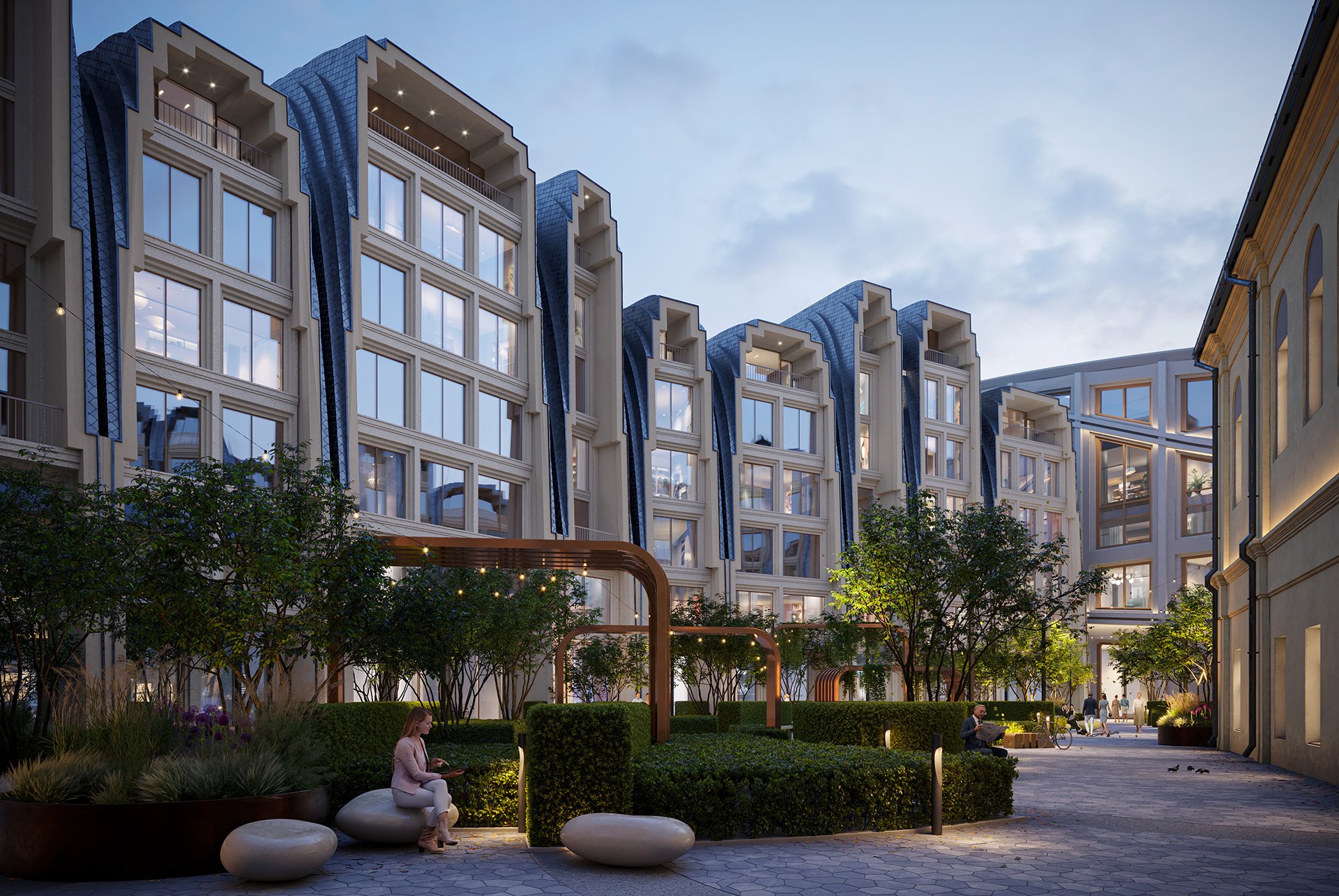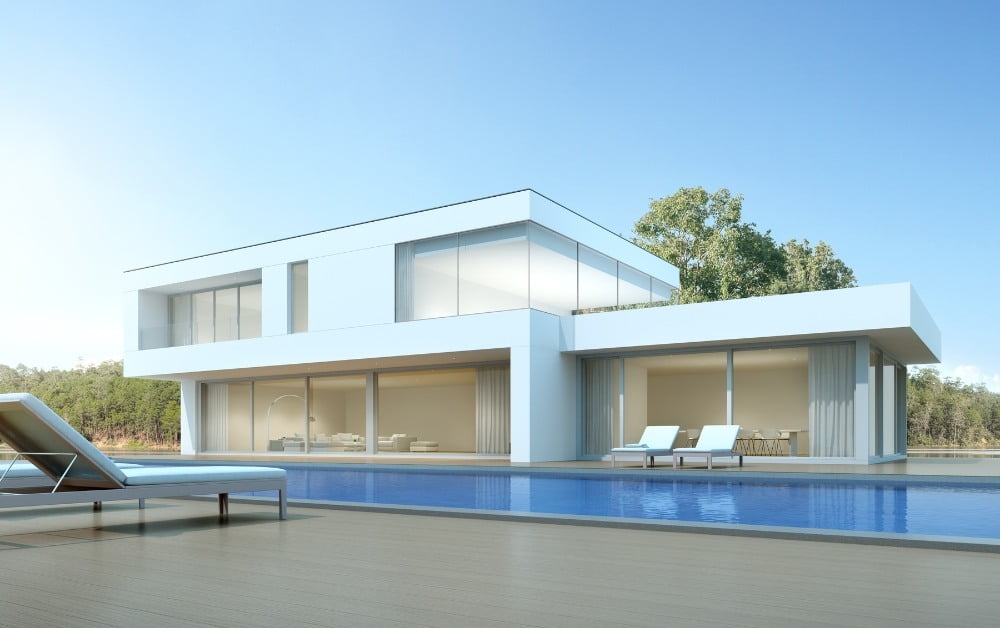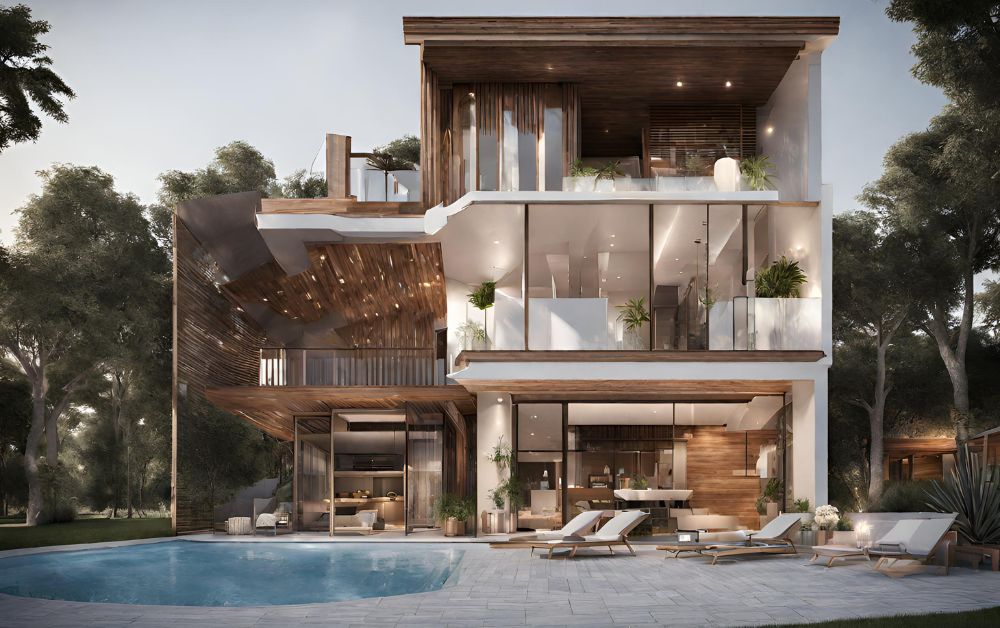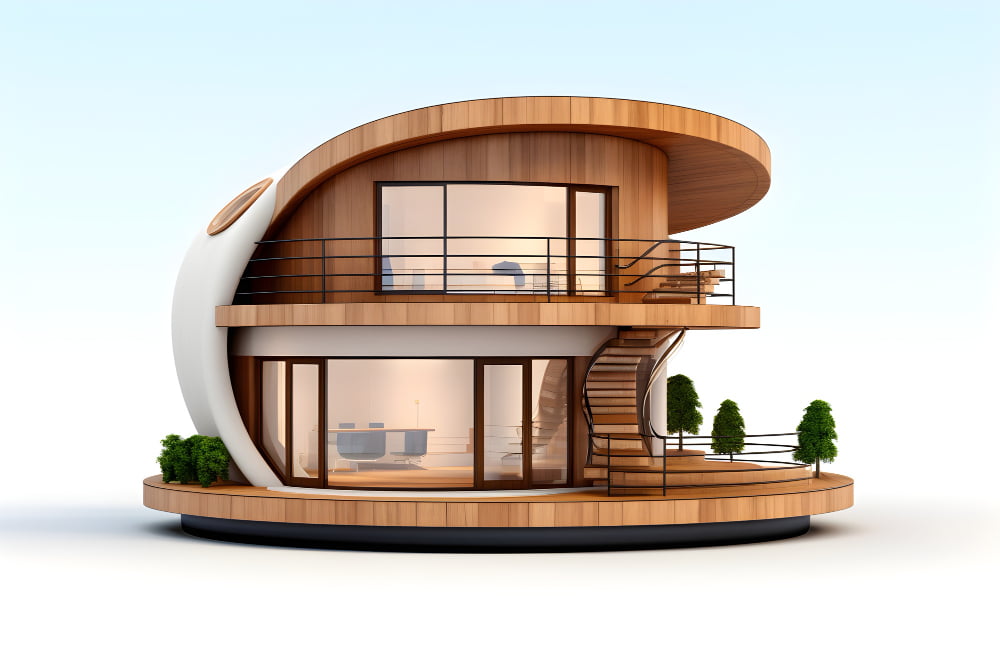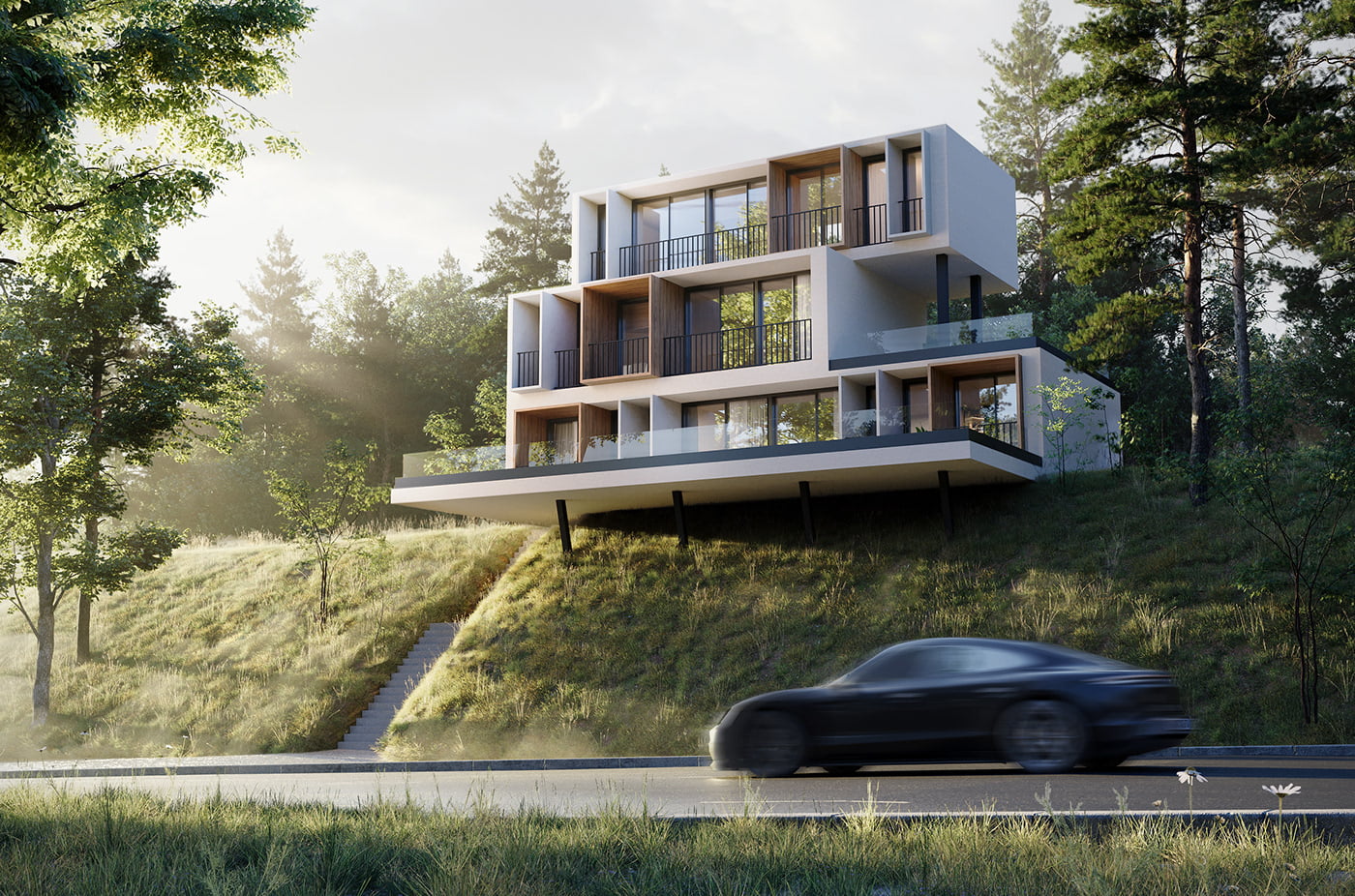Differences Between 3D Rendering and 3D Visualization Services
Posted by admin
The world of CAD (Computer-Aided-Design) mainly has two terms, and that is 3D Rendering and 3D Visualization. They may look similar, but they both serve different purposes. It depends on the client’s requirements. If they need lifelike representations of the objects to understand the result or the product better. Then it means the artists use 3D visualization. Whereas, when clients want to add lighting, textures, and other details to create a stunning output. Then, the artists use 3D rendering by generating 2D images or animated videos using the information from the 3D model. The transformation in technology has made it easier for professionals to fulfill the demands of their clients.
This change in the services is advancing both 3D rendering and visualization techniques. They have both become central figures in creating staggering visuals of buildings, landscapes, and products. This has improved the quality of the final output in a significant way! Helping property dealers, real estate agents, developers, designers, and architects. As a result, the processes are now more efficient and accessible to a wide audience. One such company is SMAAV, which is serving multiple clients in the industry. They stand out because of their consistency in delivering spectacular results. If you are looking for a reliable company to hand over your projects. SMAAV is the best solution!
So, sometimes, there needs to be more clarity despite the differences between 3D visualization and 3D rendering. Meanwhile, rendering is a subset of 3D visualization. To clear up the confusion, it is vital to understand their differences and how they are used differently. The use of 3D visualization rendering is offering various benefits to marketers. Because they can attract clients by representing outstanding visuals. However, this article will first tell you in detail what 3D rendering and 3D visualizations are. After that, we will discuss its processes and give you a quick look into their differences.
Table of Contents
What is 3D Rendering?
3D rendering means to craft a 2D image or animated video from a 3D model. This is performed by using advanced and unique software to draw out light interaction with multiple objects. This whole process is carried out to produce images that look super real! But how can some images look so realistic? Because the artists use accurate lighting, shadows, reflections, and textures to edit the images. This modern method is used in multiple industries. In architecture, product design, and entertainment, concepts, designs, and environments are visualized before they are built or created in the physical world.
At present, there is a high demand for splendid true-to-life 3D rendering services. 3D images give a comprehensive view of the project. Even if you have to get an image in a 2D format, the rendering can convey a convincing sense of a detailed, realistic view. The conventional videos and images are not so accurate and enhanced. Meanwhile, 3D rendering is resource-intensive for residential, commercial, or industrial projects. The artists must carefully take information out and use elements such as color, shadows, and lighting perfectly. Natural elements like sunlight, sky, and clouds are depicted for the exterior view.
Overall, it is the best tool to provide an extraordinary view of the final product. Let us show you the process of 3D rendering.
What is the Process of 3D Rendering?
1. Modeling
The first step in 3D rendering is modeling after getting all the information about the project from the client. The 3D model is created by using advanced software that is the digital representation of the whole scene. It comprises details such as shape, texture, and position.
2. Texturing
After modeling, texturing work is done on the images! It includes the addition of surface detail to the 3D model. This includes applying colors, patterns, and textures to make the model appear more realistic.
3. Lighting
The artists use lighting to enhance the images and animations. It is an important factor in creating a lifelike render. They add virtual lighting effects into the images to make them look like natural lighting. This step includes adjusting light sources’ intensity, color, and direction.
4. Rendering
This step calculates how light interacts with the 3D model to produce a 2D image. The artist checks color, shadows, reflections, and other visual effects in the final render.
5. Post-Processing
Once the visual rendering is completed, the image has to undergo post-processing to finalize and upgrade its appearance. Like adjusting colors, adding filters, and adding effects like depth of field or motion blur.
6. Output
The end step is to save and export the rendered image from the software in a suitable format.
What is 3D Visualization?
3D visualization is also named as 3D modeling. It is a fantastic combination of technology and creativity to manifest imagination into a 3D space. Whether the designers need to create architecture or design any product. This tool is beneficial in generating in-depth graphics. It has changed the working style by iterating on the designs quickly and efficiently. Moreover, 3D printing and clay models are the famous choice for many clients. Whatever the requirement is, 3D visualization makes it possible to visualize the ideas effectively.
What is the Process of 3D Visualization?
1. Concept Development
This is the very first stage in which the concepts and ideas are developed. Like sketches, mood boards, or written descriptions to define the overall look and feel of the project.
2. 3D Modeling
In 3D rendering the end result is the 2D image by using a 3D model in the initial stages. Meanwhile, 3D visualization involves making digital copies of 3D models. It uses specialized tools that include shape, texture, and color.
3. Texturing and Lighting
The texture and lighting are used to make it more real which enhances the overlook scene.
4. Rendering
Now you will know that rendering is the part of visualization. It converts the 3D model into a 2D image. This step is very hard for complicated projects in which lighting and textures need to be properly adjusted.
5. Post-Processing
In this step, the artists re-check everything to enhance or highlight mistakes.
How both are Different?
Let us show you the 3d rendering vs 3d modeling in a detailed way. Let’s have a look!
1. What Comes First?
Just as planning lays the groundwork for an interior setup, visualization sets the stage for rendering in 3D graphics. First, you want to plan what you want to create! During this process, you decide what objects you need to choose. How will they look afterward? Then, you render the scene and add colors, textures, and lighting. In short, 3D visualization is about thinking about the scene, and rendering is about giving that imagination a life.
Just think you are designing a new house as an architect. What do you do first? Do you create a 3D model by using a computer program? Yes! The visualization stage is where you decide on the layouts and materials. Now, let’s say you must show your client what the house will look like. For that, you will use a rendering to add texture, colors, and lighting effects.
2. Data vs. Formats
File information in 3D visualization has information about detailed specs of the object, like its shape, dimensions, volume, weight, materials, and colors. The file format depends on the software for creating the model with standard formats. On the contrary, 3D rendering is the final output of the visualization. It contains the visual information and does not contain the detailed data that are stored in the file.
3. Which one is Flexible?
Flexible means 3D visualization is reusable. This means that the same model can be used repeatedly for various purposes. If you want to change its appearance or add something extra to it. You can do that easily in a few clicks. Whereas 3D rendering is the final image or animation and it is very challenging to modify.
Wrapping Up!
Now your confusion will be clear about how different 3D modeling and 3D rendering are from each other. Their mobility makes them special tools in the industry especially in architecture. From architecture to film and from engineering to gaming, these methods offer countless possibilities. As the technology is progressing day by day, the developers are creating new ways to ease the visualizing process. It helps to build structures and buildings in an enhanced way. The investors are informed early about everything even before the construction. So you can say that these tools are requisite for the design and planning phase of the architecture.

